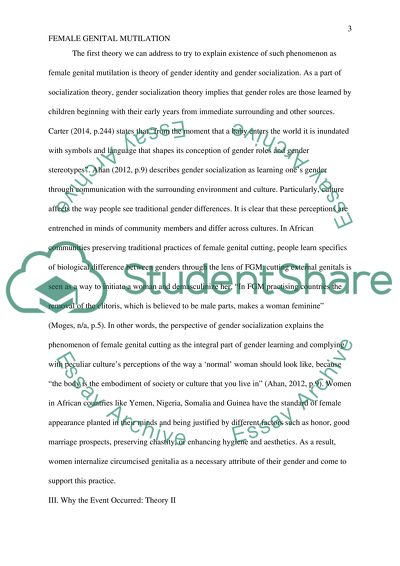Cite this document
(“Female Genital Mutilation Research Paper Example | Topics and Well Written Essays - 2000 words”, n.d.)
Female Genital Mutilation Research Paper Example | Topics and Well Written Essays - 2000 words. Retrieved from https://studentshare.org/psychology/1699998-female-genital-mutilation
Female Genital Mutilation Research Paper Example | Topics and Well Written Essays - 2000 words. Retrieved from https://studentshare.org/psychology/1699998-female-genital-mutilation
(Female Genital Mutilation Research Paper Example | Topics and Well Written Essays - 2000 Words)
Female Genital Mutilation Research Paper Example | Topics and Well Written Essays - 2000 Words. https://studentshare.org/psychology/1699998-female-genital-mutilation.
Female Genital Mutilation Research Paper Example | Topics and Well Written Essays - 2000 Words. https://studentshare.org/psychology/1699998-female-genital-mutilation.
“Female Genital Mutilation Research Paper Example | Topics and Well Written Essays - 2000 Words”, n.d. https://studentshare.org/psychology/1699998-female-genital-mutilation.


